Picture a dinosaur the size of a school bus wandering through ancient swamplands, but instead of razor-sharp teeth or massive claws, it sports the most ridiculous nose you’ve ever seen. That’s Rhinorex conditus, and its discovery in Utah completely changed what we thought we knew about duck-billed dinosaurs. This isn’t just another prehistoric creature – it’s a window into a world where evolution took some seriously creative detours.
The Accidental Discovery That Stunned Scientists
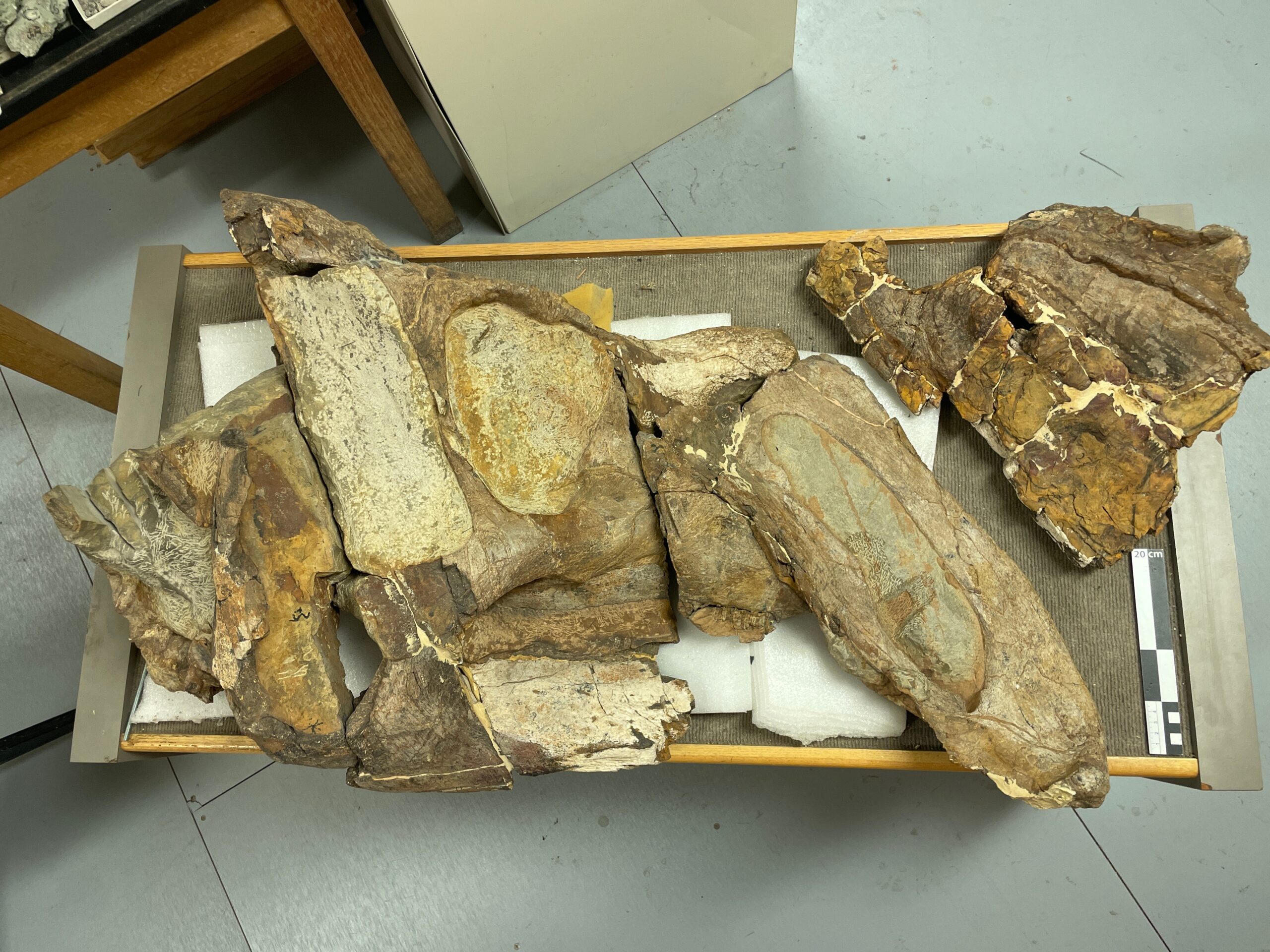
Sometimes the greatest discoveries happen when you least expect them. Back in the 1990s, a team of paleontologists was digging through rock formations in Utah, hoping to find typical dinosaur fossils. What they unearthed instead was something that made them do a double-take – a skull with a nose so massive it looked like nature had played a practical joke. The fossil sat in storage for decades before researchers realized they had stumbled upon something extraordinary. When they finally studied it properly in 2014, they knew they were looking at a completely new species that would rewrite the textbooks on hadrosaur evolution.
What Made Rhinorex’s Nose So Special
Imagine if your nose took up half your face – that’s essentially what Rhinorex was dealing with. This duck-billed dinosaur had a nasal structure that was absolutely gigantic compared to its relatives, earning it the nickname “King Nose” from the scientific community. The nose wasn’t just big for show either; it was a complex piece of biological engineering that likely served multiple purposes. Unlike other hadrosaurs that had fancy crests or modest bumps, Rhinorex went all-in on nasal real estate. Think of it like comparing a regular car horn to a freight train whistle – both make noise, but one definitely gets more attention.
Size and Physical Characteristics
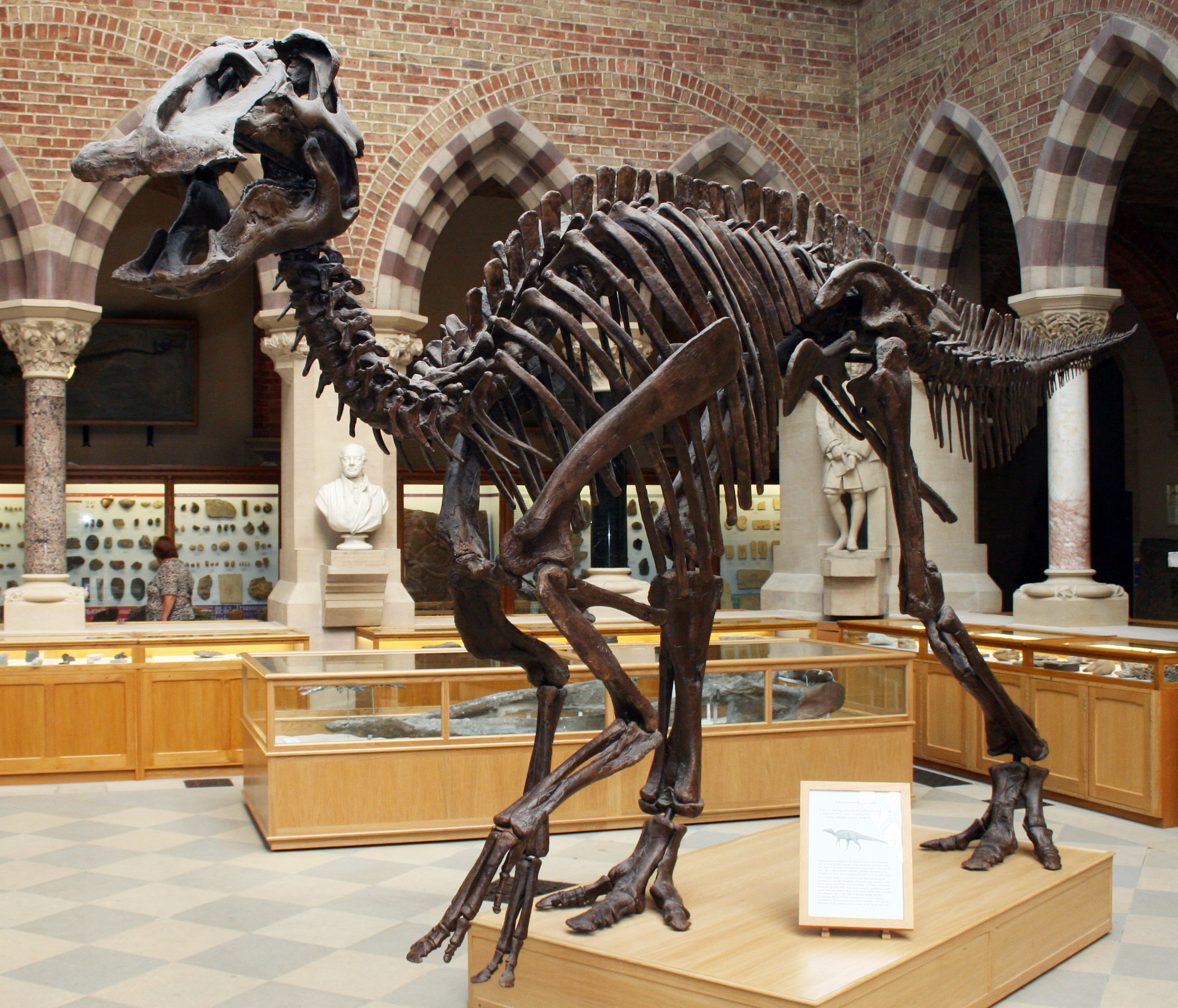
Rhinorex wasn’t just notable for its nose – it was a substantial creature that commanded respect in its ancient ecosystem. This dinosaur stretched about 30 feet from nose to tail, roughly the length of three cars parked bumper to bumper. It weighed somewhere between 3 to 4 tons, making it a heavyweight even among its duck-billed cousins. Its body was built like a living bulldozer, with powerful hind legs for walking upright and strong front limbs for grazing on all fours. The combination of size and that unmistakable nose made Rhinorex impossible to miss in any Cretaceous crowd.
The Mystery of Utah’s Ancient Landscape

To understand Rhinorex, you need to picture Utah as it was 75 million years ago – and it looked nothing like today’s desert landscape. Back then, this region was a lush, subtropical paradise filled with rivers, swamps, and dense forests that would make the Amazon look sparse. The climate was warm and humid, perfect for supporting massive plant-eating dinosaurs like Rhinorex. Sea levels were much higher, creating vast inland waterways that connected different ecosystems across North America. It was essentially a dinosaur highway system, allowing species to migrate and evolve in ways we’re still trying to understand.
Diet and Feeding Habits
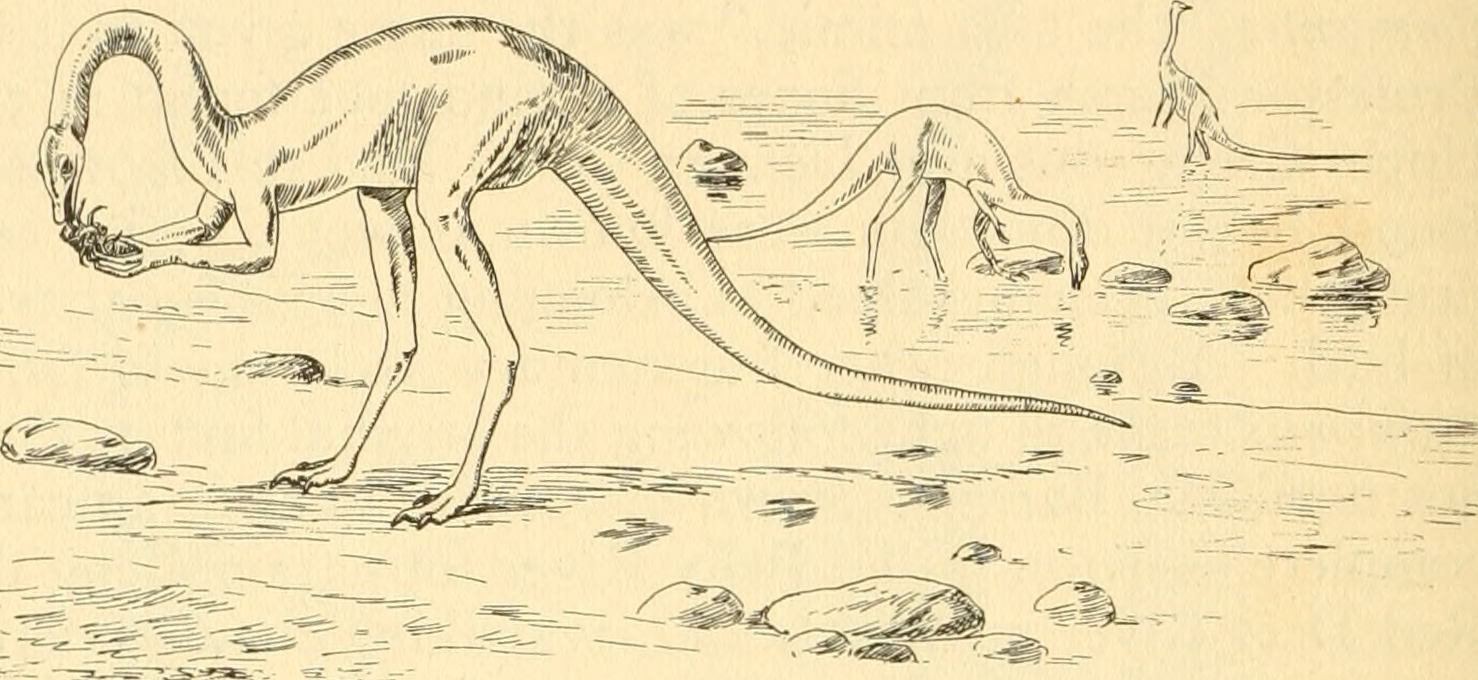
Rhinorex was nature’s ultimate salad bar customer, spending most of its day munching through tons of plant material with remarkable efficiency. Its duck-like bill was perfectly designed for stripping leaves, fruits, and shoots from trees and bushes, while hundreds of tiny teeth worked like a biological food processor. The massive nasal cavity might have helped it detect the best plant food from miles away, turning feeding into a high-tech operation. Like a living lawn mower, Rhinorex could process tough, fibrous plants that would challenge other herbivores. Its digestive system was so efficient that it could extract maximum nutrition from even the most challenging vegetation, making it a survivor in competitive prehistoric ecosystems.
The Sound Theory That Changes Everything
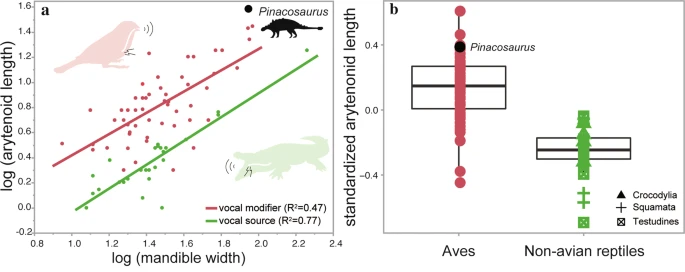
Here’s where Rhinorex gets really interesting – scientists believe that enormous nose was actually a sophisticated sound system that could put modern concert speakers to shame. The nasal cavity was so large and complex that it could have produced deep, resonant calls that traveled for miles through dense forests. Think of it like a biological trombone, capable of creating sounds that other dinosaurs could hear from incredible distances. These calls might have been used for everything from attracting mates to warning about predators, essentially giving Rhinorex its own prehistoric social media network. The sound theory suggests these dinosaurs were far more socially complex than we ever imagined.
Social Behavior and Herd Dynamics
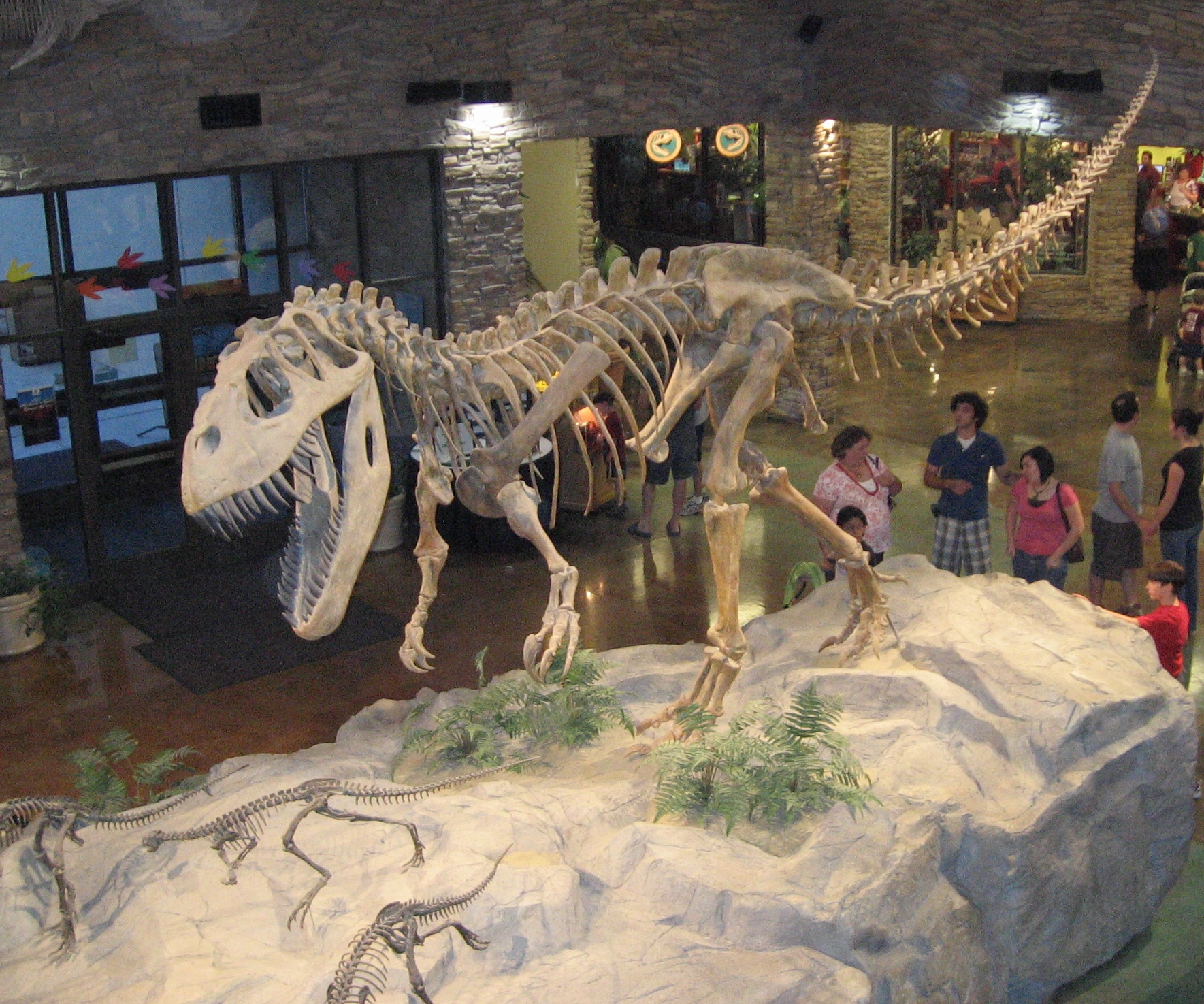
Rhinorex wasn’t a loner – evidence suggests these giants traveled in large herds that could include dozens or even hundreds of individuals moving together across ancient Utah. Living in groups provided protection from predators and made finding food more efficient, like having a built-in GPS system for the best grazing spots. The massive nasal calls would have been crucial for keeping the herd together, especially in dense forests where visibility was limited. Younger Rhinorex likely learned migration routes and feeding techniques by following experienced adults, creating a knowledge-passing system that helped the species survive for millions of years.
Predators and Survival Strategies

Even with its impressive size, Rhinorex had to deal with some seriously dangerous neighbors in Cretaceous Utah, including massive tyrannosaurs that saw duck-billed dinosaurs as premium meals. The herd mentality was Rhinorex’s primary defense strategy – when dozens of these giants moved together, even the bravest predator would think twice about attacking. Their powerful legs could generate surprising speed for such large animals, and those booming nasal calls could alert the entire herd to danger in seconds. Like modern wildebeest facing lions, Rhinorex relied on group vigilance and coordinated movement to stay one step ahead of prehistoric death.
Fossil Evidence and Preservation
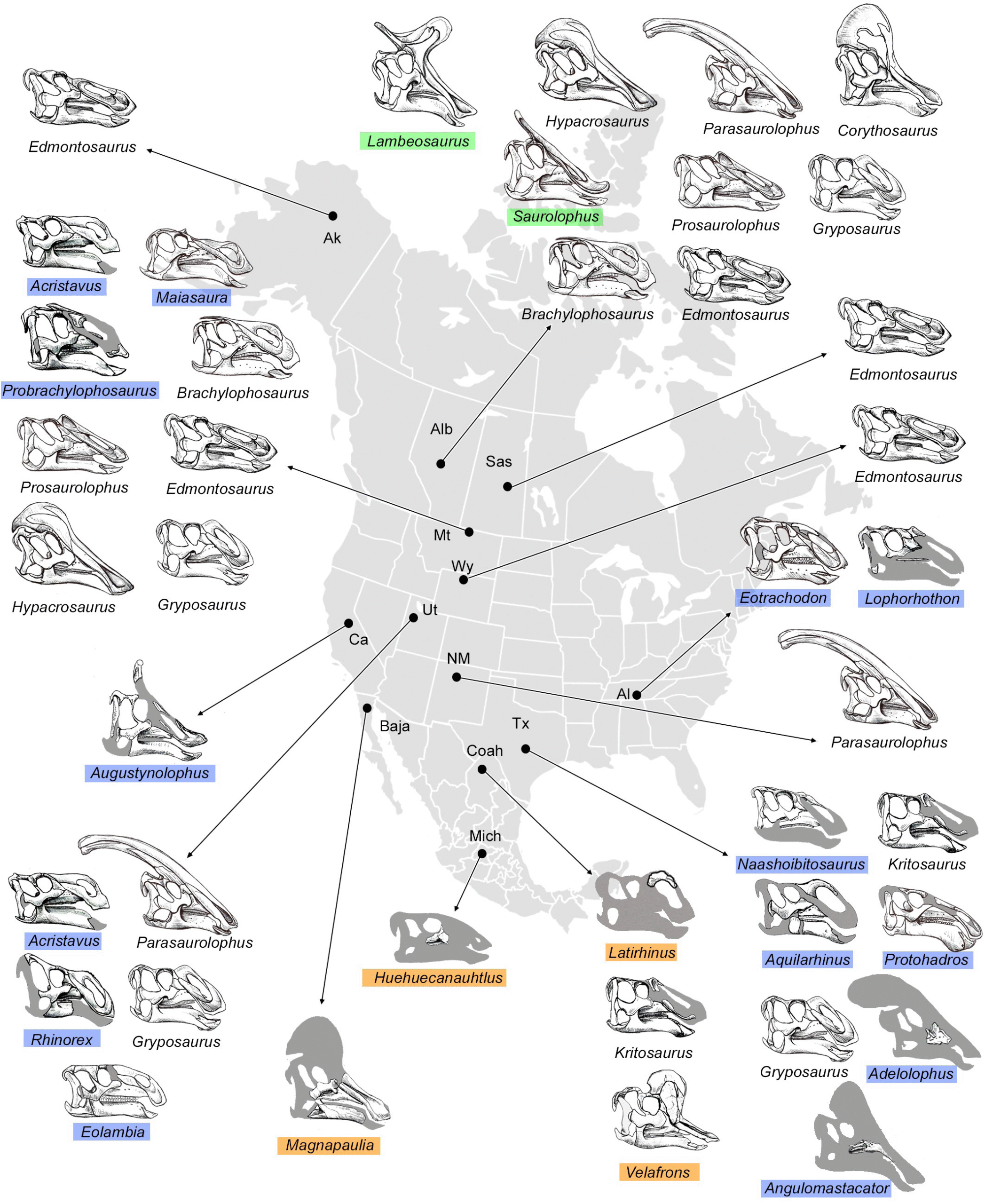
The Rhinorex fossil is a paleontologist’s dream – preserved in remarkable detail thanks to Utah’s unique geological conditions during the Cretaceous period. The specimen was found in the Neslen Formation, a rock layer that’s famous for preserving dinosaur fossils with exceptional clarity and completeness. What makes this discovery even more special is that soft tissue impressions were also preserved, giving scientists unprecedented insight into the dinosaur’s actual appearance. The fossilization process captured not just bones but also details about skin texture and possibly even the internal structure of that famous nose, making it one of the most complete hadrosaur specimens ever discovered.
Relationship to Other Duck-Billed Dinosaurs
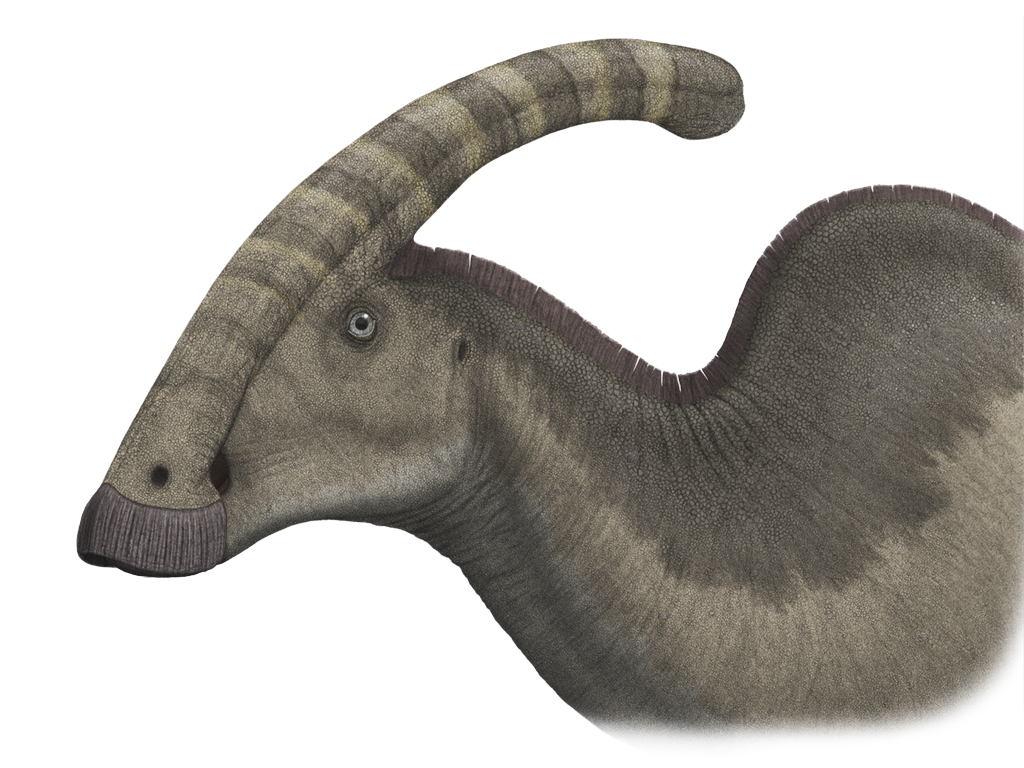
Rhinorex occupies a fascinating position in the hadrosaur family tree, representing a unique evolutionary experiment that took a different path from its more famous relatives. While other duck-billed dinosaurs developed elaborate crests and head decorations, Rhinorex doubled down on nasal development in a way that was completely unprecedented. Its closest relatives include other North American hadrosaurs like Parasaurolophus and Corythosaurus, but the nasal structure sets it apart as something truly special. Think of it like comparing different species of elephants – they’re all related, but each has evolved unique features that help them survive in specific environments.
The Role of Climate in Evolution
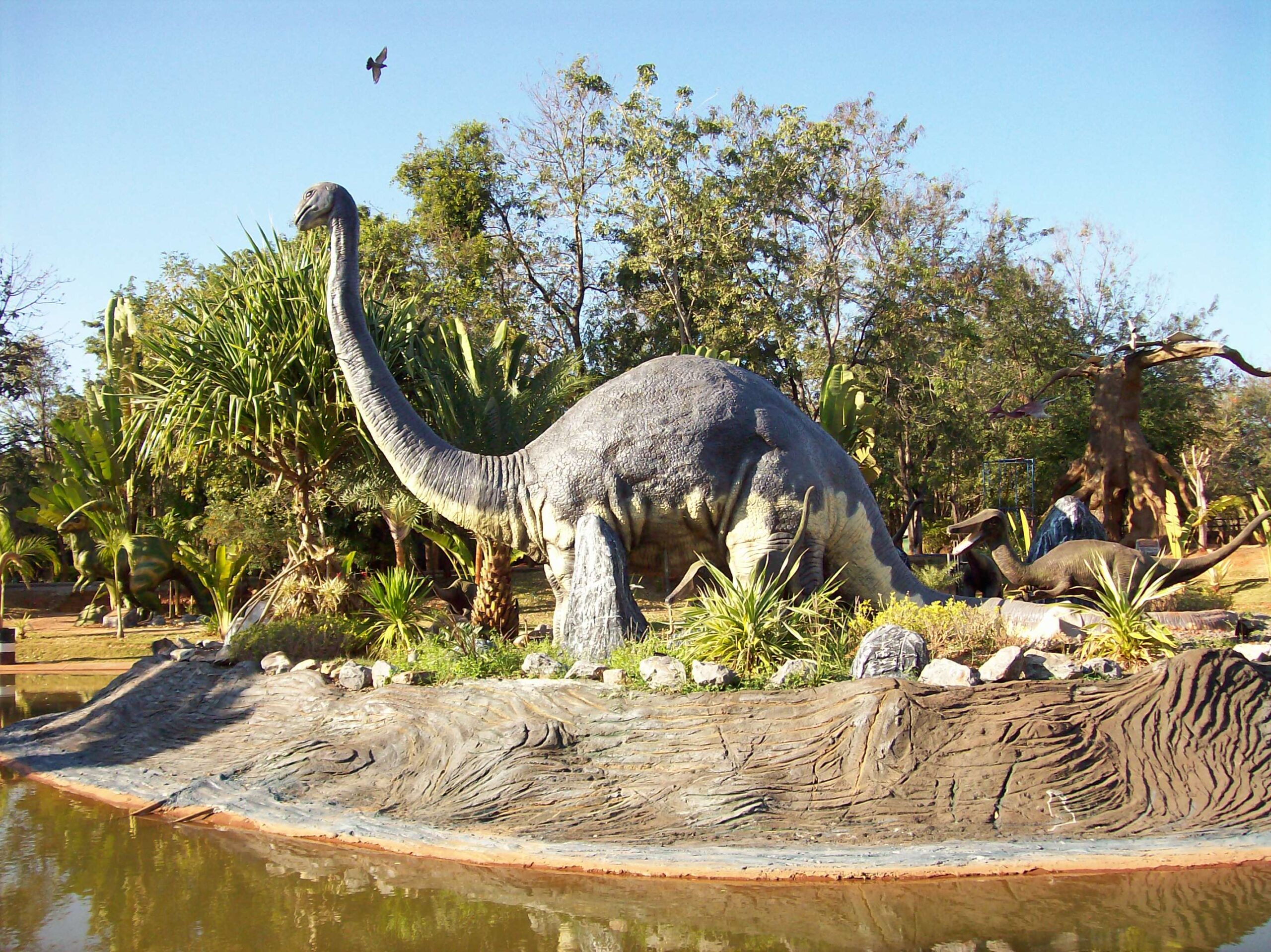
Rhinorex’s evolution was directly influenced by the changing climate conditions of late Cretaceous Utah, demonstrating how environmental pressures shape species development over millions of years. The warm, humid conditions created dense forests where visual communication would have been limited, potentially driving the evolution of that massive sound-producing nose. As sea levels fluctuated and landscapes changed, dinosaurs like Rhinorex had to adapt quickly or face extinction. The specialized nasal structure might have been the key advantage that allowed this species to thrive in environments where other hadrosaurs struggled to communicate and coordinate effectively.
Scientific Impact and Research Breakthroughs
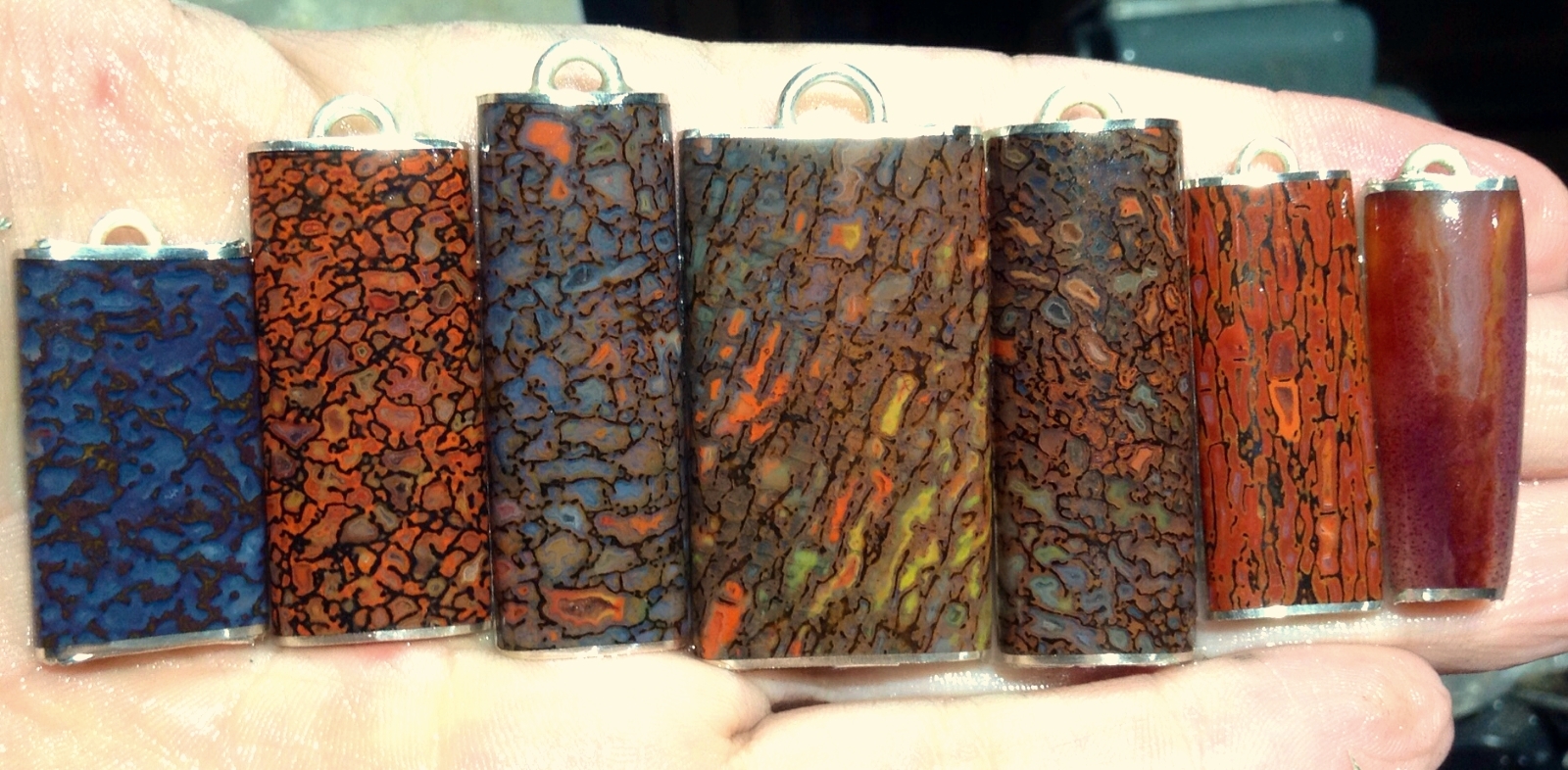
The discovery of Rhinorex has revolutionized our understanding of hadrosaur diversity and evolution, proving that these dinosaurs were far more varied than scientists previously believed. This find has sparked new research into how dinosaurs used sound for communication, leading to breakthrough studies in prehistoric acoustics and social behavior. The detailed preservation has allowed researchers to use advanced imaging techniques to study the internal structure of dinosaur skulls in ways that were impossible just a few decades ago. Rhinorex has become a poster child for how new discoveries can completely change established scientific thinking, reminding us that there’s still so much we don’t know about prehistoric life.
Modern Technology Meets Ancient Mysteries

Today’s scientists are using cutting-edge technology to unlock Rhinorex’s secrets in ways that would have seemed like science fiction when the fossil was first discovered. CT scans and 3D modeling have revealed the intricate internal structure of that famous nose, showing exactly how it might have produced those earth-shaking calls. Computer simulations can now recreate the sounds Rhinorex might have made, bringing this ancient giant’s voice back to life after 75 million years of silence. Digital reconstruction techniques are also helping researchers understand how Rhinorex moved, fed, and interacted with its environment, creating a more complete picture of life in prehistoric Utah than ever before possible.
Conservation Lessons from the Past

Rhinorex’s story offers powerful insights into how species adapt to environmental change, lessons that are surprisingly relevant to modern conservation efforts. This dinosaur’s specialized nasal adaptations show how quickly evolution can respond to environmental pressures, but also how specialized features can become vulnerabilities when conditions change rapidly. The extinction of Rhinorex and its relatives reminds us that even successful species can disappear when their environment changes faster than they can adapt. Understanding how prehistoric ecosystems supported such incredible diversity can help us better protect the biodiversity we have today, making Rhinorex not just a window into the past but a guide for the future.
Conclusion
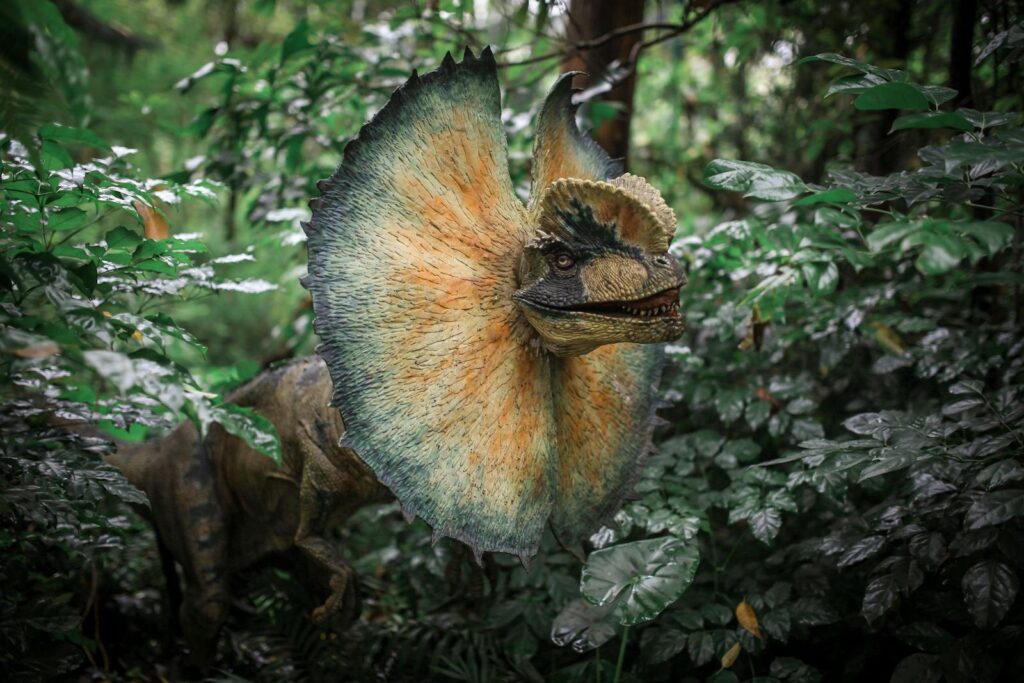
Rhinorex conditus stands as one of nature’s most remarkable experiments in dinosaur design, proving that evolution never stops surprising us with its creativity. This giant-nosed dinosaur from Utah challenges everything we thought we knew about prehistoric life, showing us that the ancient world was filled with creatures that were stranger and more wonderful than our wildest imagination. From its booming calls that echoed across Cretaceous forests to its complex social behaviors, Rhinorex represents the incredible diversity that once flourished on our planet. What other prehistoric giants are still waiting to be discovered in Utah’s ancient rocks?



